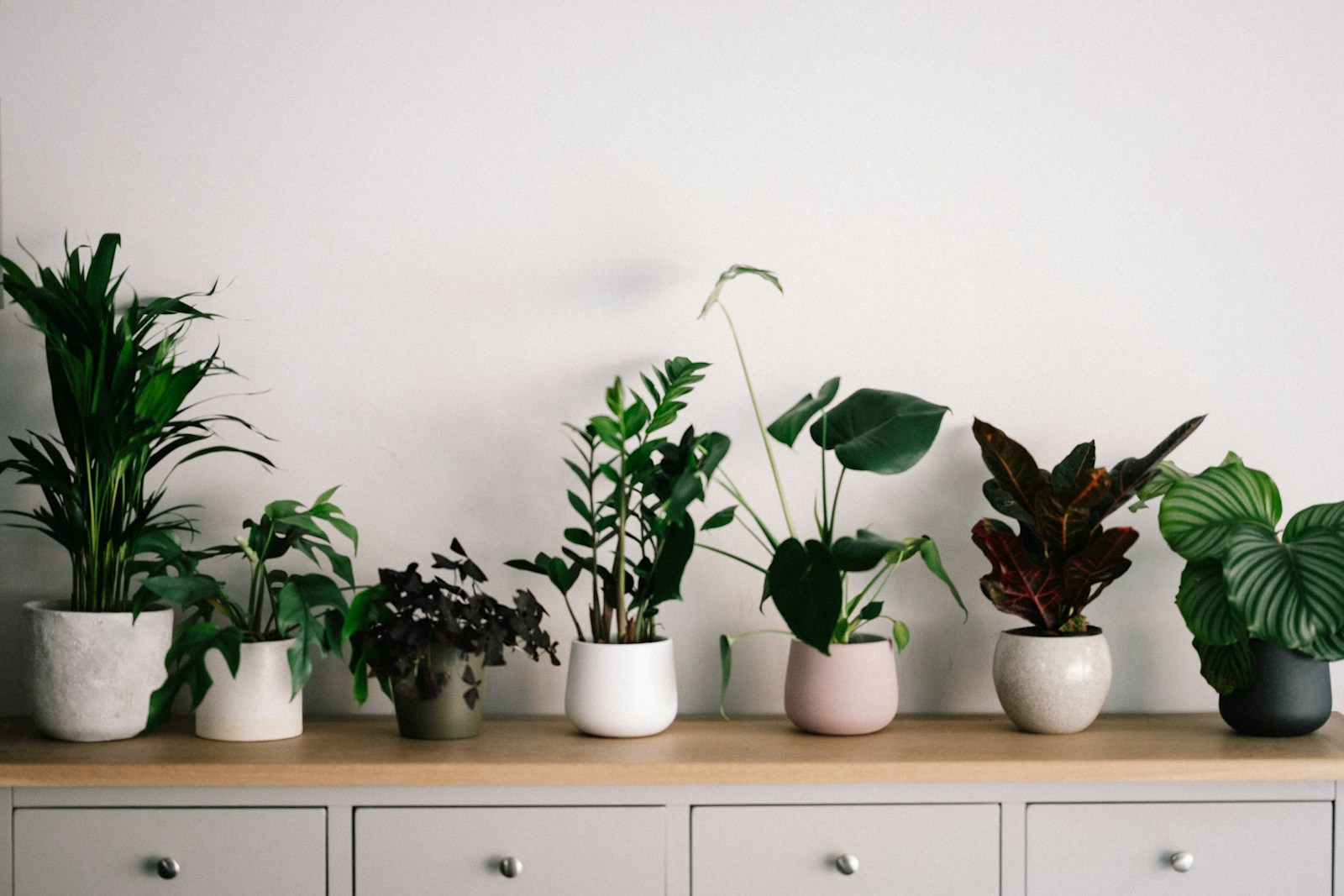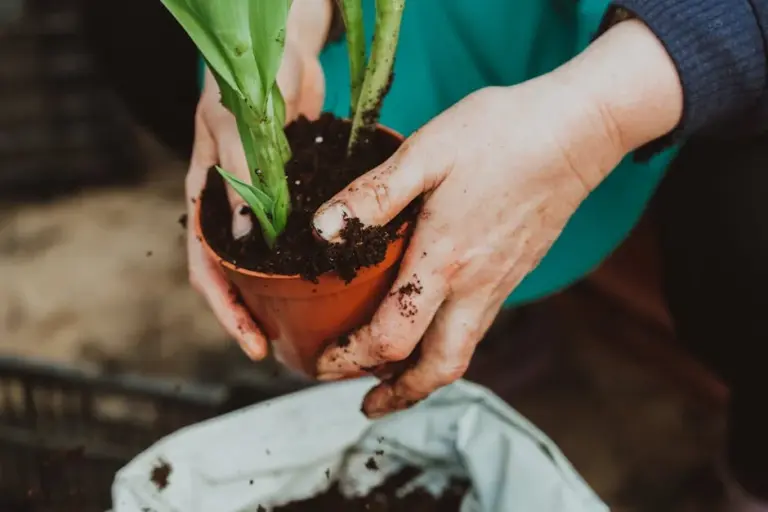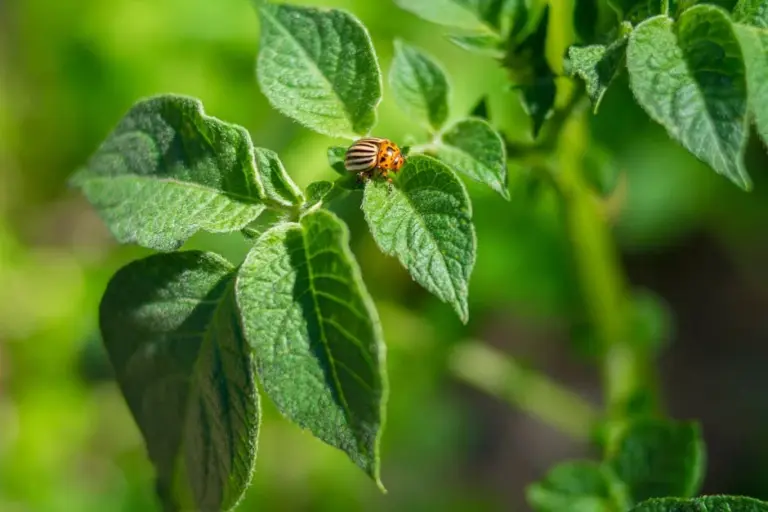9 Clues It’s Time to Repot Your Favorite Indoor Plants
Ever looked at your indoor plant and wondered if it’s happy in its pot? Sometimes, our green friends need a little more space to keep thriving.
Repotting can feel intimidating, but catching the signs early makes it much easier. Your plant will thank you with fresh growth and healthy leaves.
Roots growing out of drainage holes
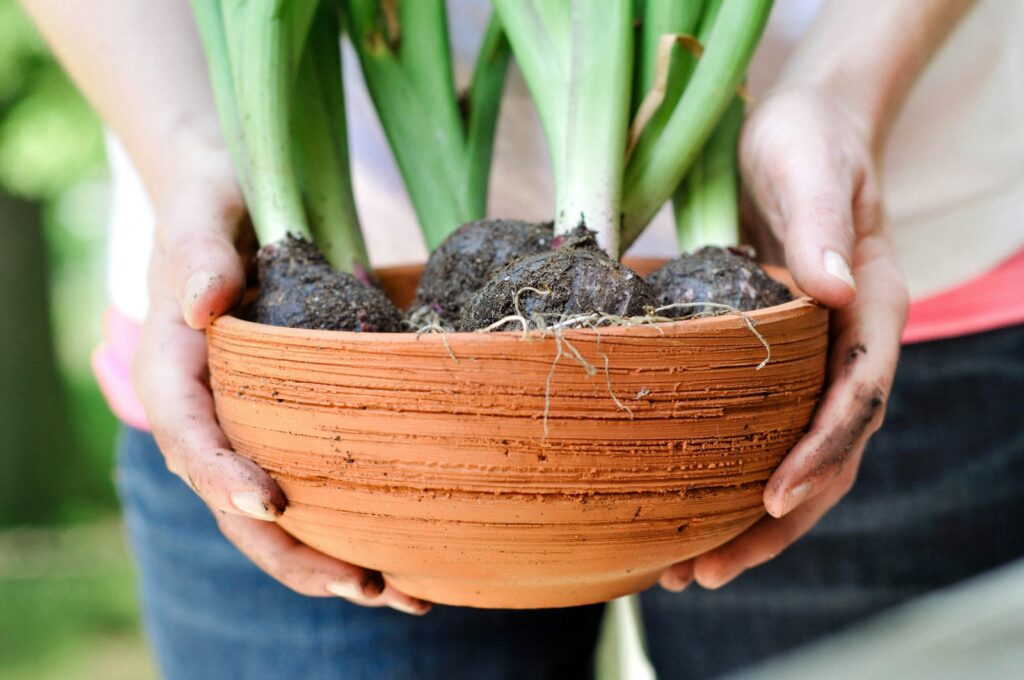
Spotting roots poking out from the drainage holes is a classic sign your plant needs more space. The roots are trying to escape because they’ve filled up the pot.
This can lead to your plant becoming root-bound, making it harder to absorb water and nutrients. Growth may slow down or stop altogether.
A bigger container lets roots spread out and find what they need. Fresh soil will also give your plant a nutrient boost.
Fall is often a good season for repotting because plants handle the change better as growth slows down. Keep an eye on those roots—they’ll tell you when it’s time for a new home.
Water drains too quickly after watering
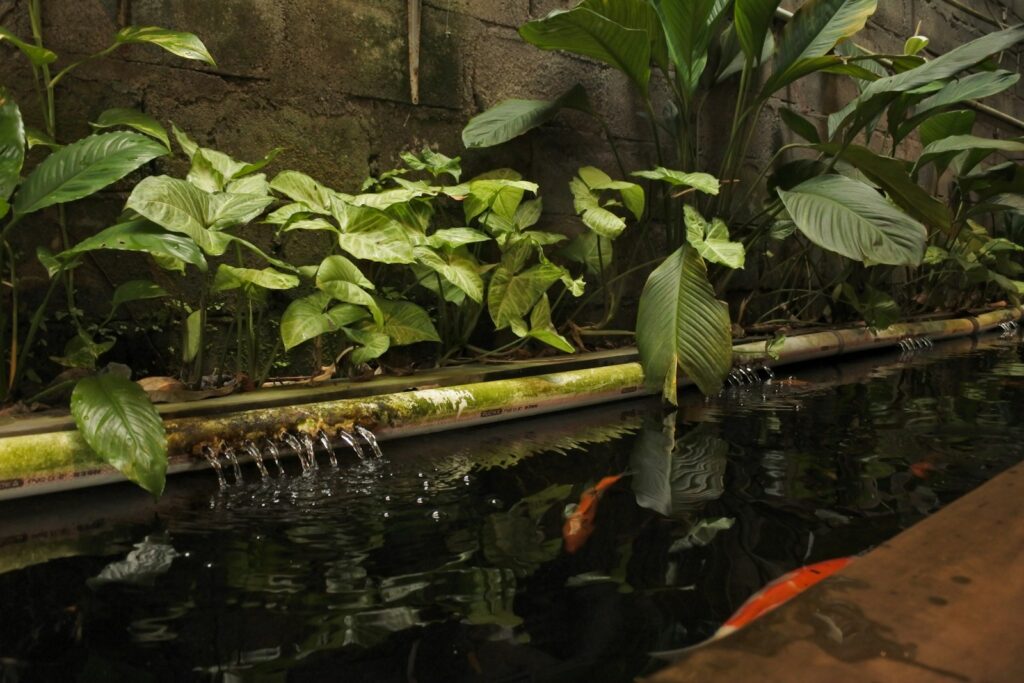
If water seems to pour straight through the pot instead of soaking in, your plant might be due for a change. Old or compacted soil can lose its ability to hold moisture.
This leaves your plant’s roots thirsty, even after a good watering. Sometimes, roots will even start searching for better conditions by growing out of the pot.
A new pot with fresh, loose soil can solve this problem. Using a quality potting mix helps your plant soak up water and stay healthy.
Plant shows stunted growth
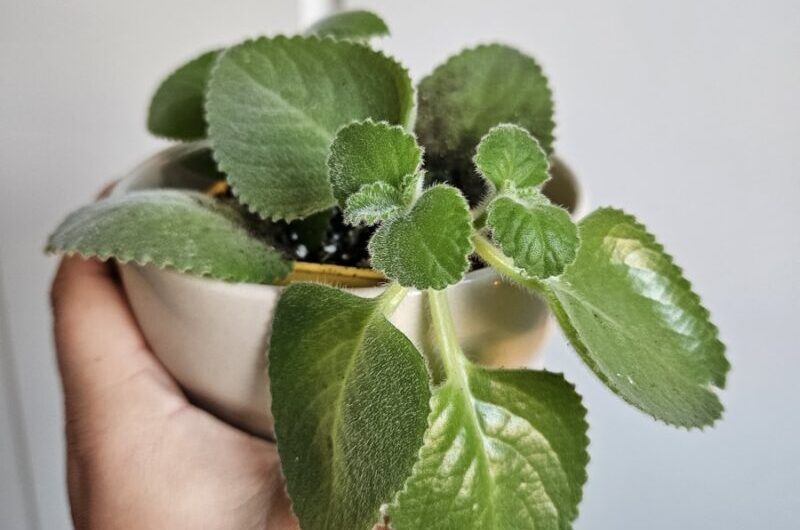
Noticing your plant’s new leaves are smaller or that it’s just not growing like it used to? That’s often a hint that it’s outgrown its pot.
When roots are crowded, they can’t support new growth. The plant may look fine but just won’t get any bigger.
Giving your plant more space by repotting can help it bounce back and start growing again. This is a simple fix that makes a big difference.
Yellowing or dropping leaves
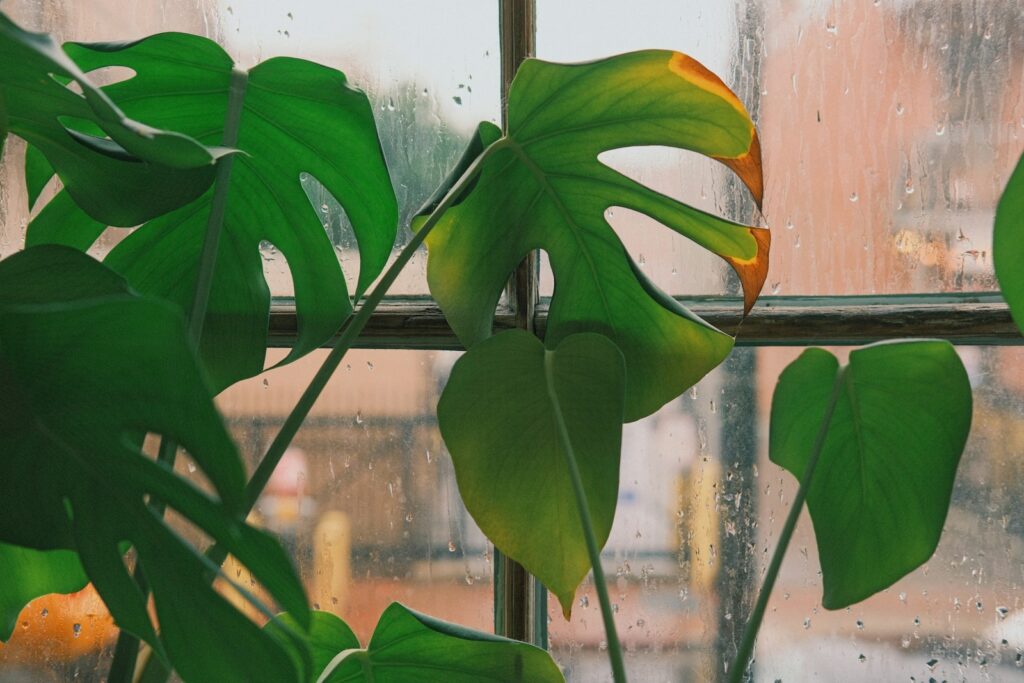
Yellow leaves or leaves falling off can be a sign that your plant’s roots are cramped. When roots don’t have room, they can’t support healthy leaves.
If you see lots of yellowing or drooping leaves along with crowded roots, it’s a good time to repot. Sometimes, a few yellow leaves after repotting is normal as the plant adjusts.
Not every yellow leaf means it’s time to repot—overwatering, underwatering, or pests can also cause this. But if you see root crowding too, a bigger pot can help.
Soil dries out very fast
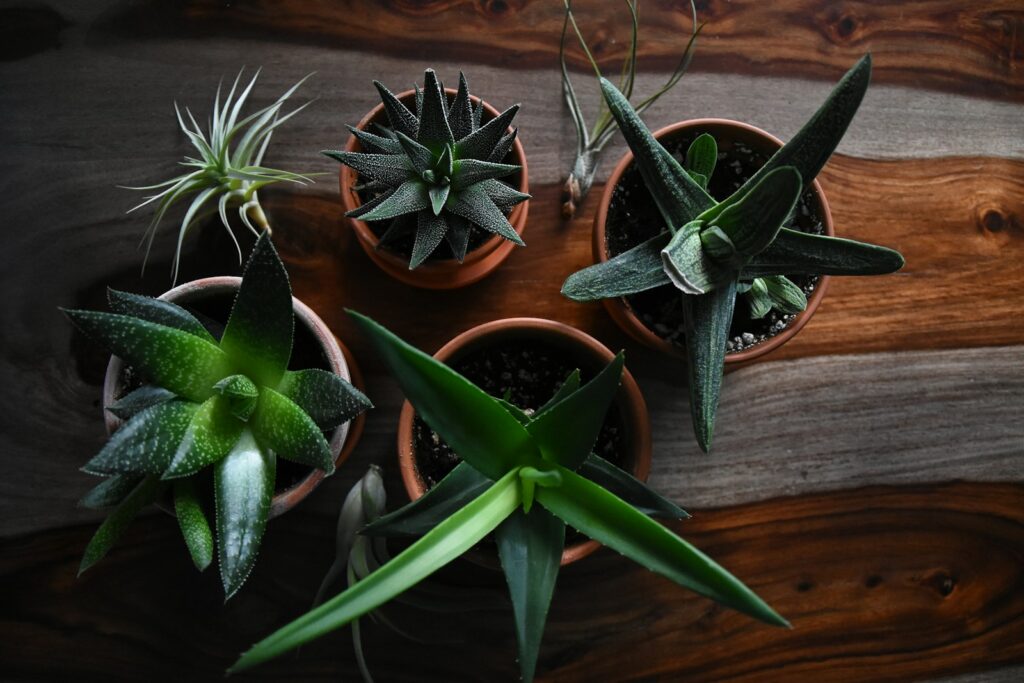
Does your plant’s soil dry out just a day or two after watering? That usually means the roots have taken over and there isn’t enough soil left to hold moisture.
Quick-drying soil can stress your plant and leave it thirsty. Poor-quality or loose soil can make this worse.
Repotting with fresh soil helps retain moisture and gives roots more space. Your plant will have an easier time staying hydrated.
Roots are tightly bound inside the pot
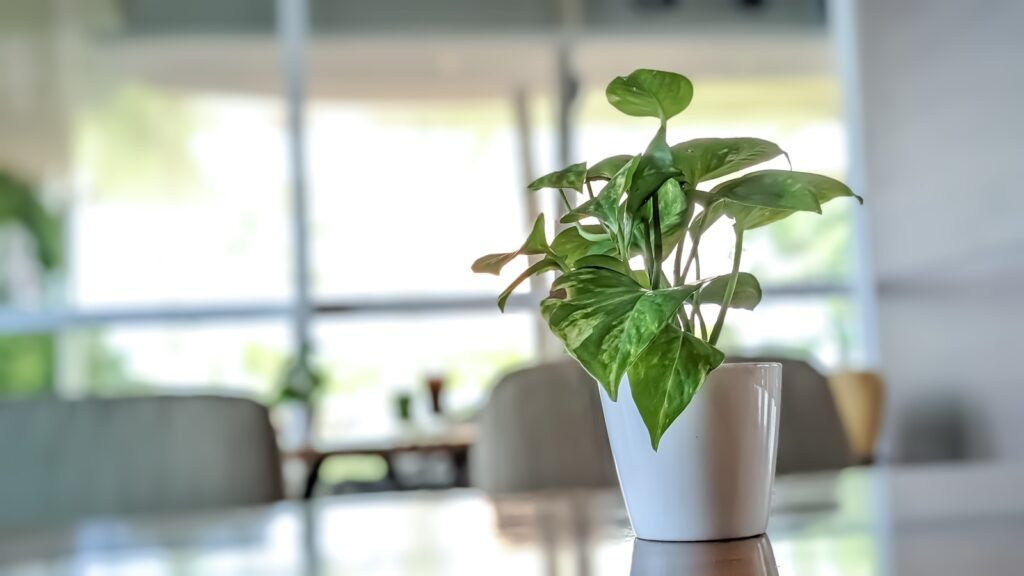
If you gently lift your plant and see roots circling around the inside of the pot, they’re tightly bound. This is a clear sign the plant has outgrown its container.
You might also see roots on the soil surface or coming out of drainage holes. Crowded roots can’t absorb water and nutrients well.
Repotting into a bigger container with fresh soil gives the roots room to grow. Loosen any root balls before you move the plant to help it settle in.
Plant becomes top-heavy or unstable
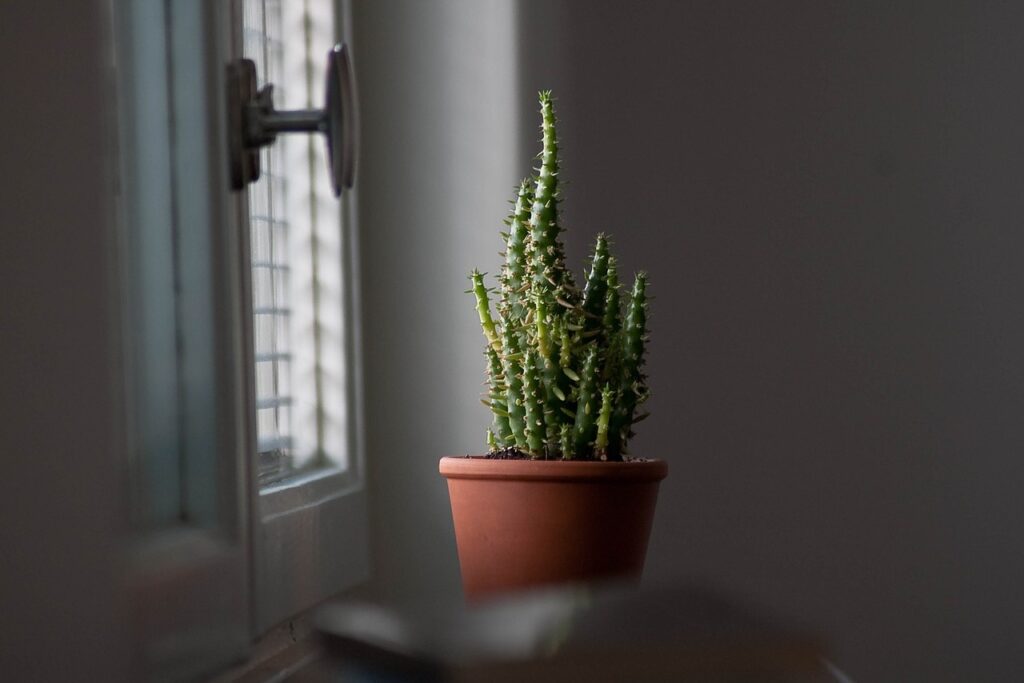
Does your plant tip over easily or lean to one side? When a plant gets top-heavy, it usually means the roots need more space.
A small pot can’t support a big, growing plant. You might also spot roots sneaking out of the drainage holes.
Repotting into a larger container can help stabilize your plant. Sometimes, trimming or dividing the plant makes it steadier too.
Slow new leaf growth despite care
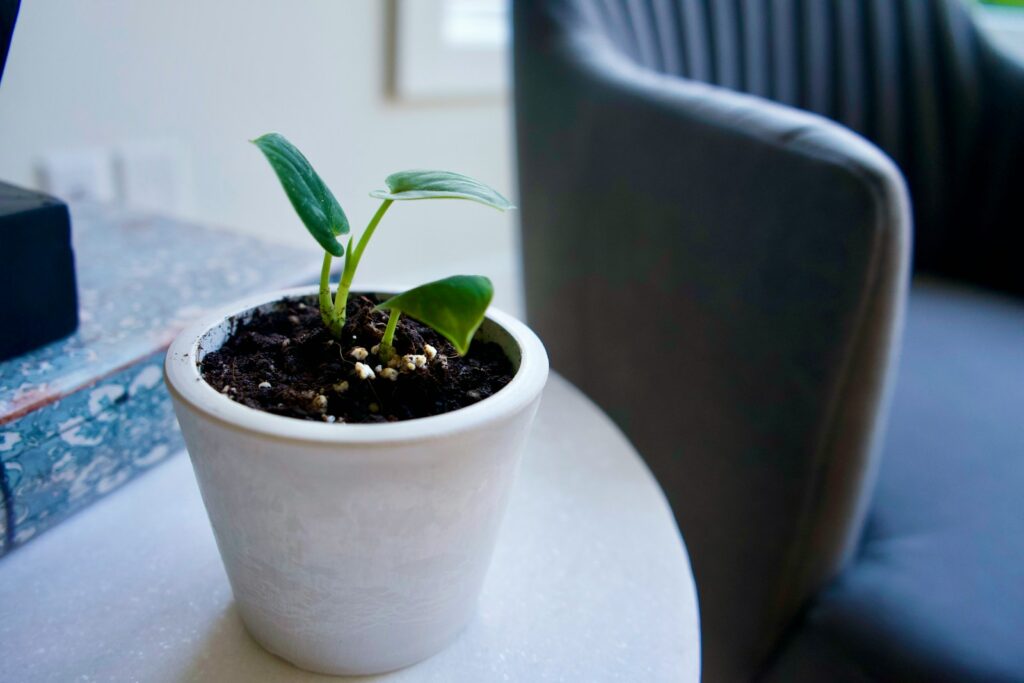
If you’re watering and feeding your plant but new leaves are still tiny or slow to appear, cramped roots could be the problem. Even with good care, a small pot can slow growth.
Fresh soil and a slightly bigger pot give your plant room to stretch out and access more nutrients. If you’ve already tried fertilizer and nothing changes, check the pot size.
Moving your plant to a new home often brings back healthy, bigger leaves.
Soil looks compacted or degraded
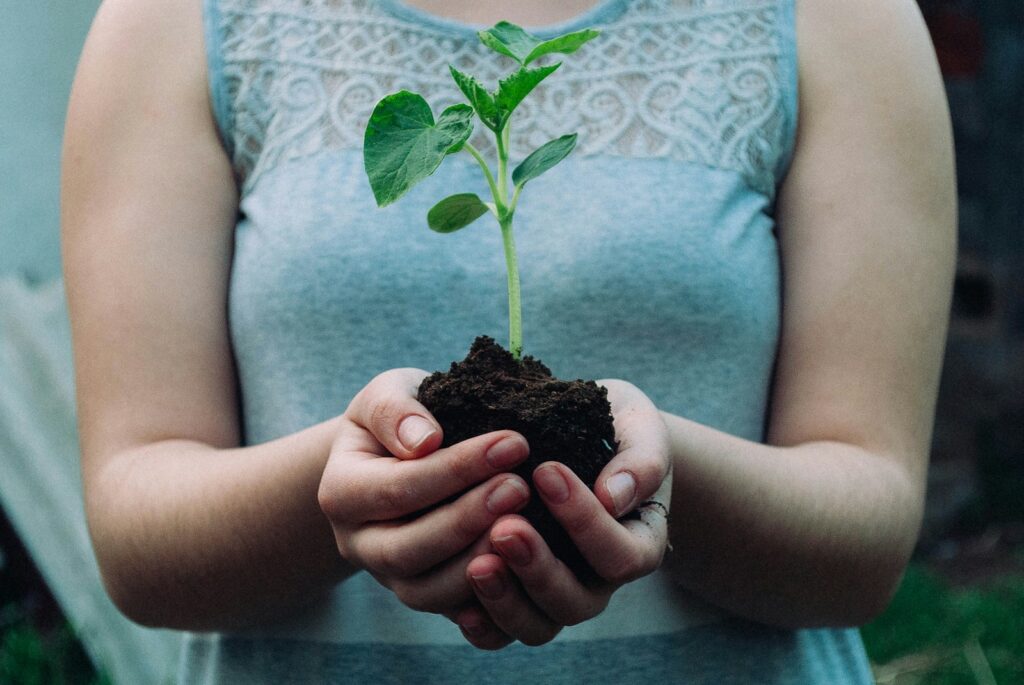
Soil that’s hard, dense, or crusty on top isn’t doing your plant any favors. Compacted soil makes it tough for water and air to reach the roots.
If water just runs off the surface or your finger can’t poke into the soil easily, it’s time for a change. Fresh, loose soil helps roots grow and breathe again.
Repotting is a chance to add new nutrients and give your plant a better foundation.
Plant hasn’t been repotted in over a year
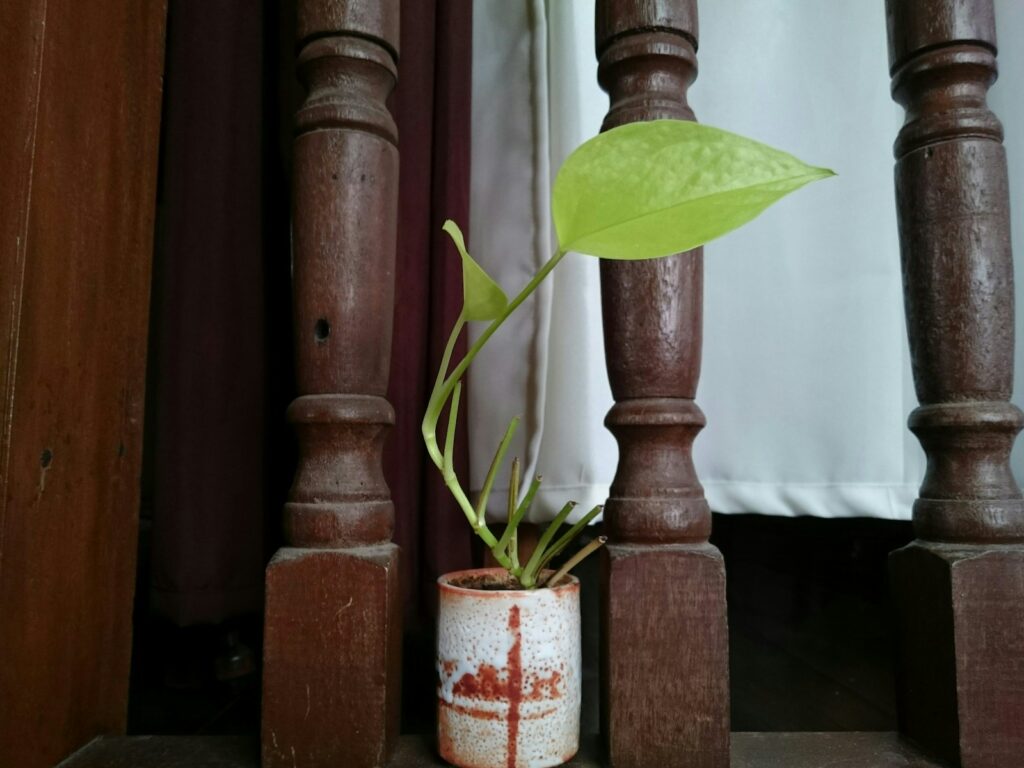
If it’s been more than a year since you last repotted, your plant might be ready for a new home. Over time, soil loses its nutrients and roots can run out of space.
You don’t need to repot every year, but if growth has slowed or the soil dries out fast, it’s worth checking. Choose a pot just a bit bigger than the old one to avoid problems from too much extra soil.
A fresh start every year or so keeps your plant healthy and happy.
Understanding the Growth Cycle of Indoor Plants
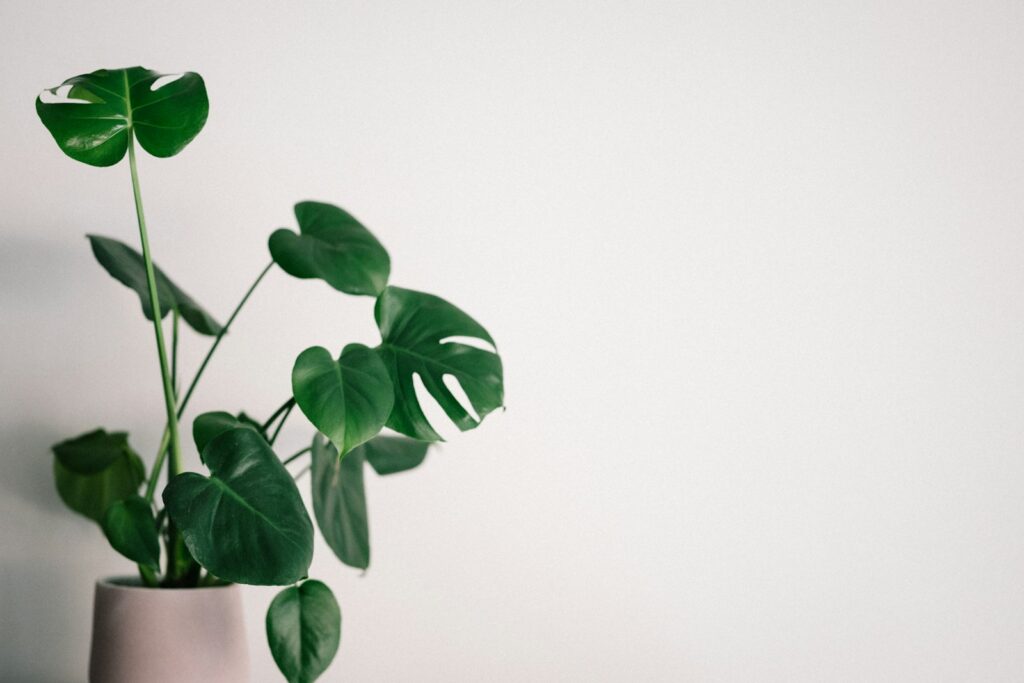
Indoor plants go through different stages as they grow, and their needs change along the way. As your plant matures, its roots need more space and fresh soil.
How Plant Growth Impacts Pot Size

As roots spread out, they eventually fill the pot. When you see roots circling or poking out, it’s a sign the plant wants more room.
A cramped pot can slow growth and make your plant look tired. Moving to a slightly larger pot lets your plant keep growing strong.
Watch for slower growth, yellowing leaves, or soil that dries out fast. These are all signs your plant could use a bigger pot.
Seasonal Factors Affecting Repotting
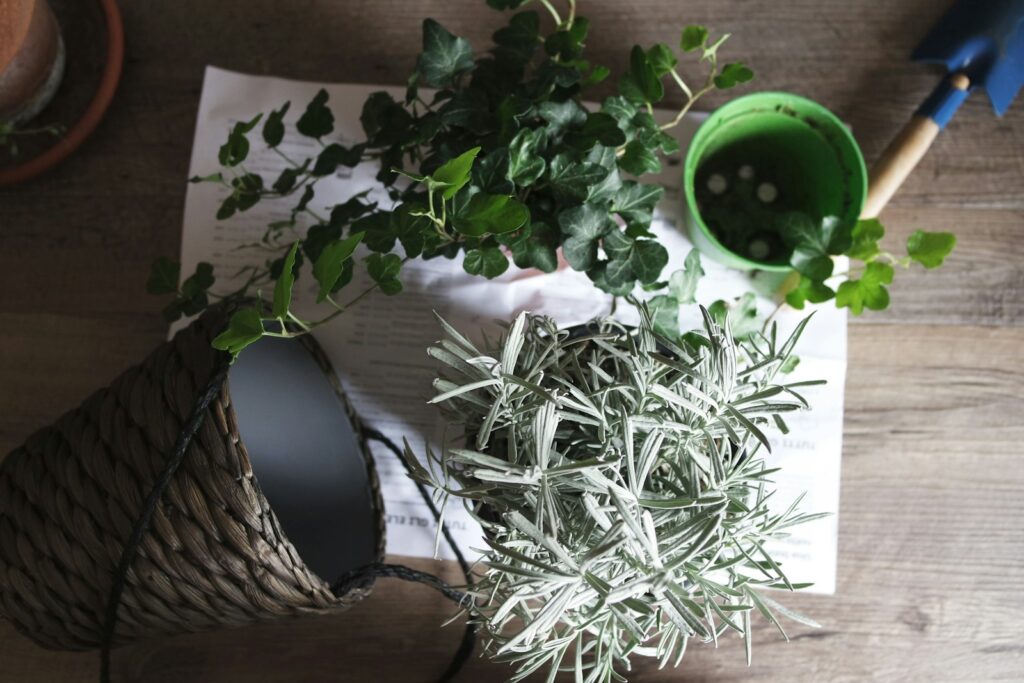
Spring and early summer are usually the best times to repot because your plant is actively growing. This helps it recover quickly and settle into its new pot.
Try to avoid repotting in winter when growth slows down. If you have to repot outside of spring or summer, be gentle and keep the plant comfortable.
Risks of Delaying Repotting
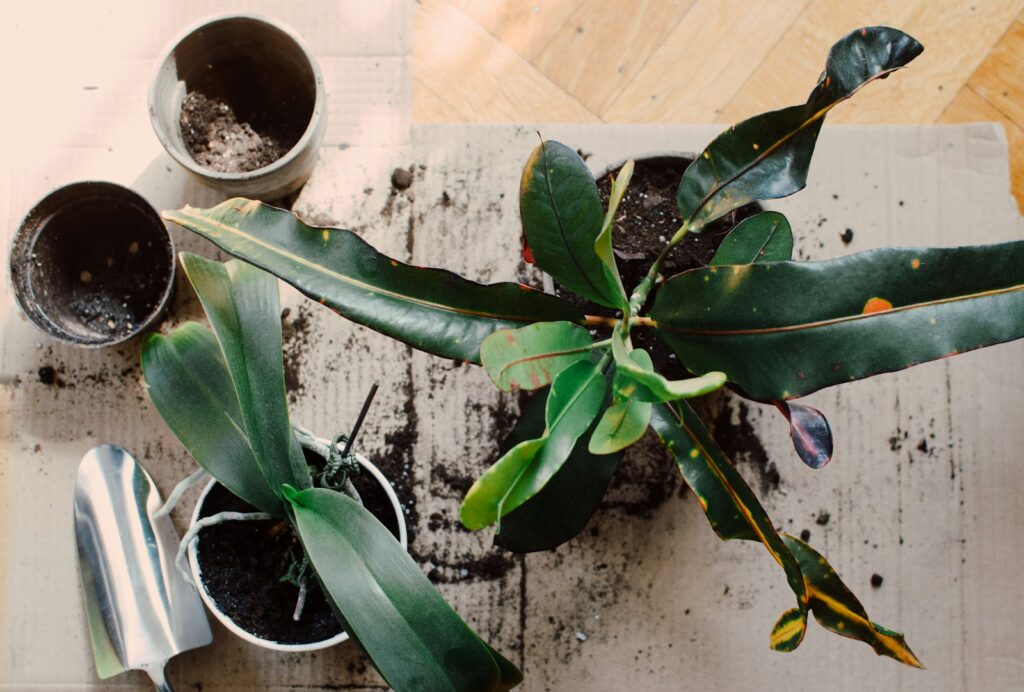
Waiting too long to repot can lead to problems for your plant. It might struggle to absorb water and nutrients, and growth can slow down.
Compacted Soil and Root Health
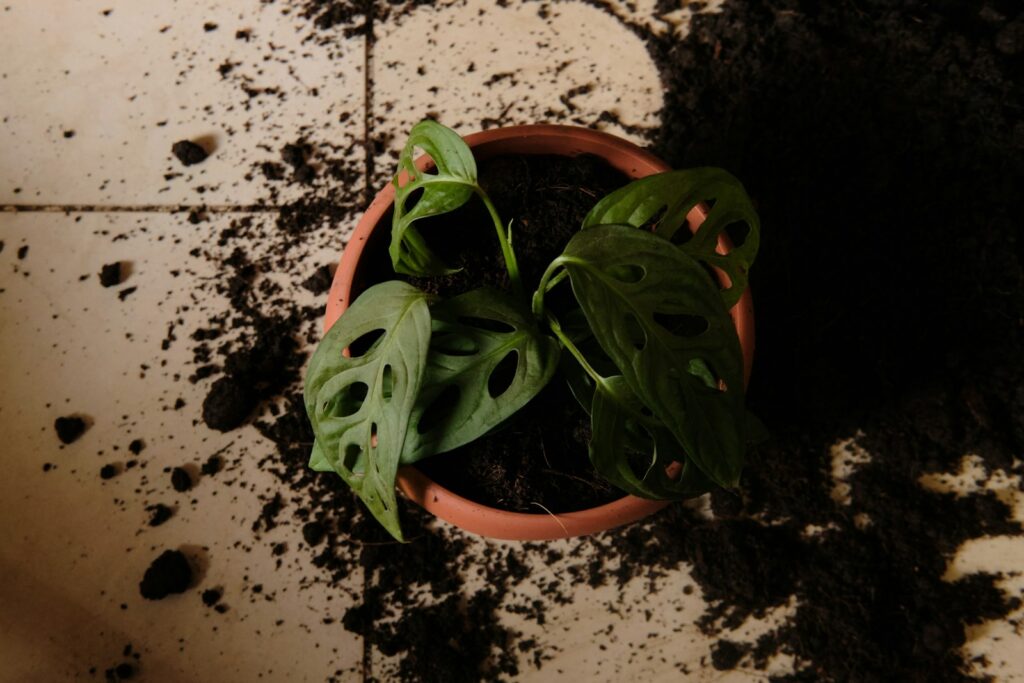
Old soil can become dense and hard, making it tough for water to reach the roots. Water might drain too quickly or sit on top without soaking in.
Compacted soil also means less air for the roots, which need oxygen to stay healthy. Without enough air, roots can die or rot, leading to yellowing leaves and a tired-looking plant.
Fresh soil and a new pot give your plant the space and nutrients it needs to bounce back.
Stunted Growth Due to Limited Space

Have you ever noticed your potted plant just stops growing? Roots only have so much room to spread inside a container.
When roots run out of space, your plant might develop smaller leaves or stop producing new shoots. Sometimes, roots start circling around the inside of the pot, getting tangled and cramped.
This tight space puts stress on the plant and makes it harder for roots to absorb nutrients. Giving your plant a slightly bigger pot can help the roots stretch out and support healthier growth.

